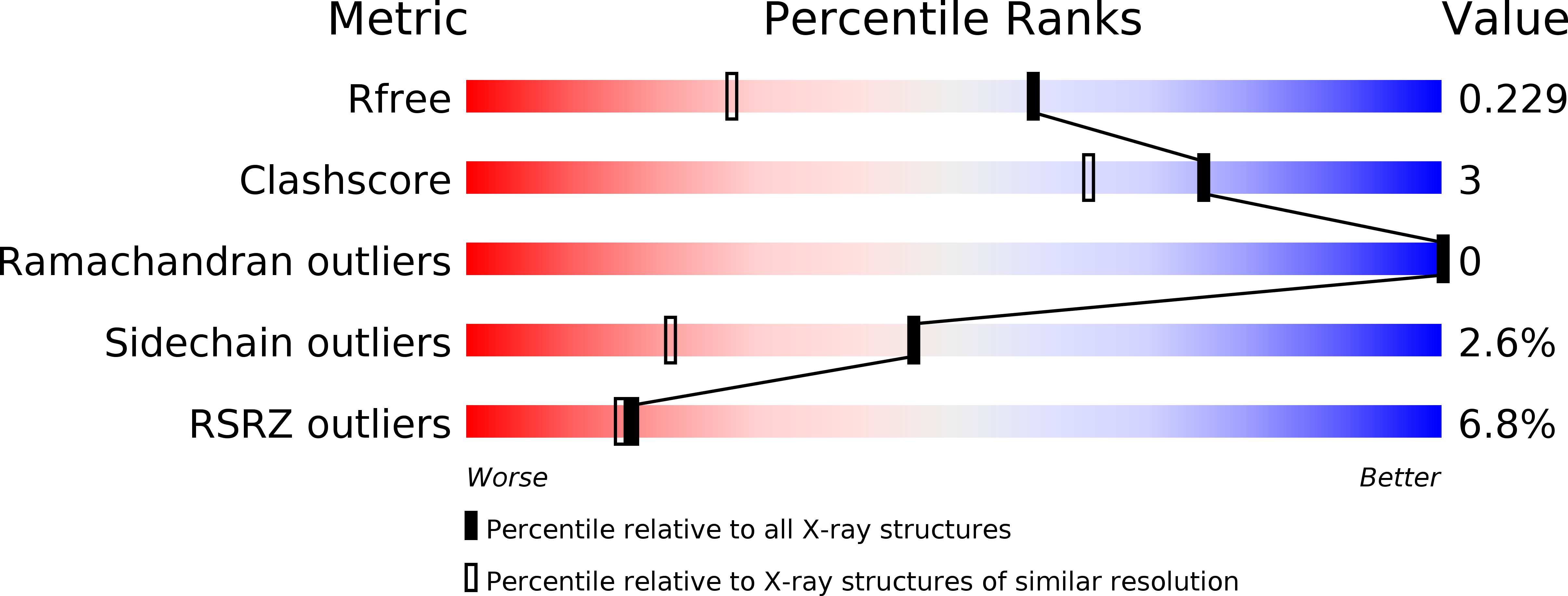
Deposition Date
2010-03-17
Release Date
2010-06-09
Last Version Date
2024-10-16
Entry Detail
PDB ID:
3M7O
Keywords:
Title:
Crystal structure of mouse MD-1 in complex with phosphatidylcholine
Biological Source:
Source Organism:
Mus musculus (Taxon ID: 10090)
Host Organism:
Method Details:
Experimental Method:
Resolution:
1.65 Å
R-Value Free:
0.22
R-Value Work:
0.19
R-Value Observed:
0.19
Space Group:
P 43


